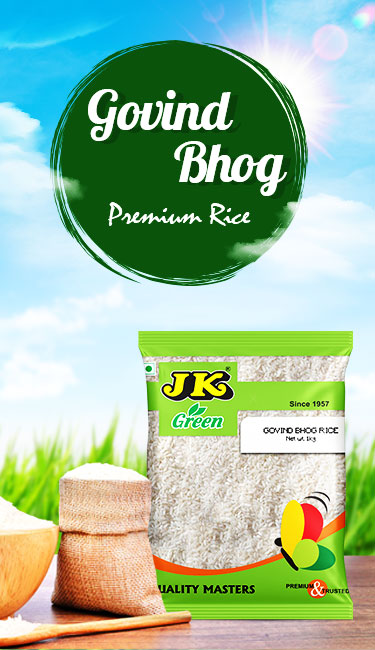How to use Biryani masala? There is no rocket science, you just follow a few tips while using biryani masala to cook biryani at home. Biryani is an iconic dish with a layer of fragrance. Therefore, Biryani masala plays a significant role in making a perfect Biryani. It is a perfect blend of spices that takes part in pampering the taste buds.
Among other most beloved dishes of the world, Biryani has ranked and proved its supremacy once again. Biryani masala has continued to alter based on the regions across different cultures. With these tips, you can perfectly use Biryani masala to unleash its full potential to make Biryani at home.
Top 6 tips for Using Biryani Masala
Biryani is a celebration of rich flavors, and the magic of Biryani largely lies in the masala used. The right combination of spices can elevate the dish to new levels of deliciousness. However, using JK Cart Biryani Masala in your dish requires careful consideration. Too much or too little, and the balance is lost. Here are six tips to help you perfectly use Biryani masala in your dish, ensuring every spoonful bursts with authentic flavor.
1. Choose the Right Biryani Masala
The first and most crucial step is to select a high-quality Biryani masala. Pre-packaged Biryani masala mixes from trusted brands like JK Cart, an Indian Masala brand can simplify the cooking process while ensuring consistency in taste. Alternatively, you can make your own by grinding spices like cinnamon, cloves, black cardamom, cumin, coriander, and JK bay leaves. Whichever option you choose, ensure that the spices are fresh, as the potency of masalas decreases over time. Freshly ground masalas deliver robust, aromatic flavors that truly make a difference.
2. Measure Your Masala Correctly
Precision in the amount of Biryani masala is key to maintain balance in your dish. Biryani is all about harmony between spices, rice, and Panner or vegetables. Start by following the recipe’s recommended amount, especially if you are using a pre-packaged Biryani masala mix.
However, if you prefer a more robust or milder flavor, you can adjust accordingly. A good rule of thumb is to use 1 to 1.5 tablespoons of Biryani masala for every cup of rice, depending on your spice tolerance. Remember, adding too much masala can overpower the dish, while too little may result in blandness.
3. Layer the Masala for Depth of Flavor
The technique of layering masala plays a critical role in crafting a perfect Biryani. Start by marinating your vegetables with a portion of the Biryani masala, allowing the spices to infuse deeply into the ingredients. Once you start assembling the Biryani in the cooking pot, add another layer of masala in between the rice and vegetable layers. This ensures that the spices permeate the entire dish, creating a balanced, flavorful bite in every mouthful. Layering also enhances the visual appeal of the Biryani, making it as attractive as well as taste.
4. Don’t Forget Fresh Aromatics
While Biryani masala brings the spice, fresh herbs and aromatics elevate the dish to another level. Incorporating fresh ingredients like ginger, garlic, mint leaves, and coriander into your Biryani can complement the masala, adding depth and fragrance.
You can sauté these aromatics along with the masala in hot oil or ghee at the start of cooking to release their flavors. Additionally, adding whole spices like bay leaves, star anise, and cinnamon sticks at this stage can infuse the dish with a subtle background aroma that marries well with the Biryani masala.
5. Cook the Masala Thoroughly
One common mistake when using Biryani masala is not cooking it properly, which can lead to a raw, bitter taste. Once you add the masala to the dish, ensure that it is cooked for a sufficient amount of time.
If you are sautéing the masala with onions, ginger, and garlic, give it time to blend and release its natural oils. This process, known as "bhuno" in Indian cooking, allows the spices to bloom and mellow, ensuring they do not taste raw. Cooking the masala thoroughly also helps to create a smoother texture, especially if you are using ground spices, which can otherwise remain gritty.
6. Balance the Heat with Yogurt or Cream
Biryani masala can sometimes pack a punch, especially if it contains potent spices like red chili powder or black pepper. To balance the heat and add a creamy richness to your dish, incorporate yogurt or a splash of cream into the Biryani.
Yogurt, in particular, helps tenderize the Paneer while balancing the intense flavors of the spices. It also imparts a tangy note, making the dish more nuanced. Be sure to whisk the yogurt before adding it to prevent curdling. This small addition can transform the texture of your Biryani, making it creamier and more indulgent without overpowering the spices.
Final Thoughts
Using Biryani masala correctly is both an art and a science. The key lies in choosing the right masala, measuring it accurately, and balancing it with other ingredients like fresh herbs and yogurt.
By layering the masala and cooking it thoroughly, you ensure that each grain of rice and every piece of vegetable is infused with deep, aromatic flavors. With these tips, you’ll be able to perfect your Biryani, creating a dish that is rich, flavorful, and satisfying, just like the traditional versions passed down through generations.













